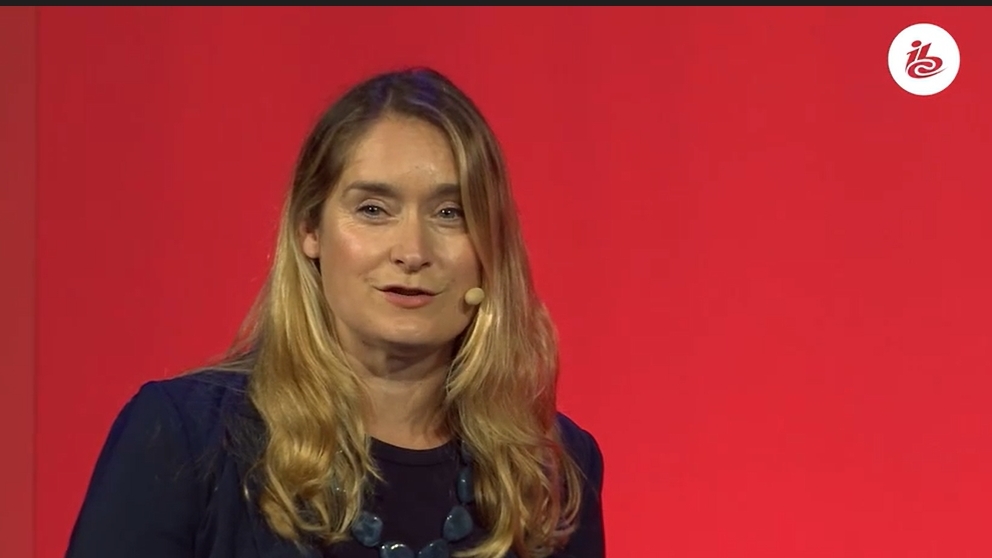In the fast-evolving world of live sports broadcasting, latency has become one of the most critical issues. Broadcasters are increasingly looking for innovative solutions that can match or even surpass the performance of traditional broadcast systems.
Proposed by Comcast and supported by champions Comcast, BT Media & Broadcast, AP, and Globo, and participants, Videoclarity, Castlabs, Ateme, AMD and HP, the Scalable Ultra-Low Latency Streaming for Premium Sports project seeks to achieve Twitter-equivalent latency and near-instant playback start using standard HTTP streaming technical stack and infrastructure. The areas explored will be the use of low-latency encoding and segment-based ingest, the latest low-delay extensions to MPEG DASH, and possible uses of MV-HEVC video codec and the QUIC protocol.
The goal of the proof of concept (PoC) is to explore an end-to-end system comprising an encoder, a latency-optimised origin, and a mix of open source and proprietary DASH players. In addition, the innovation would be the achievement of sub-2s glass-to-glass delay with standard adaptive streaming, which will allow premium sports experiences...
You are not signed in.
Only registered users can view this article.

Content Everywhere: a look back at 2024
As the year draws to a close, it seems an opportune time to ask Content Everywhere companies for their views on the top trends in 2024. As always, key industry players have been keen to respond with comments and views on how the past year shaped up both for them and the wider industry.

AI and the evolution of MAM: Part three – future outlook
In the final part of our investigation into MAM’s current and future relationship with AI, James McKeown analyses where the technology is likely to take asset management capabilities next, and the other factors driving the evolution of the space.

RSIFF: Kingdom underlines ambitions to become filmmaking powerhouse
Saudi Arabia's cinema market is experiencing a cultural renaissance, driven by increasing local productions and a growing appetite for diverse storytelling, reports Adrian Pennington from the Red Sea International Film Festival.

AI and the evolution of MAM: Part two – current applications
In part two of IBC365’s exploration of the MAM ecosystem, James McKeown finds out where AI is currently having the most positive impact on media workflows.

AI and the evolution of MAM: Part one – risk analysis
Forms of AI and automation have been making efficiencies in media asset management (MAM) systems for some time, but as the technology becomes more powerful and its potential applications more expansive, what are the major considerations and risks of AI’s role in MAM? James McKeown explores in the first of a three-part investigation.





